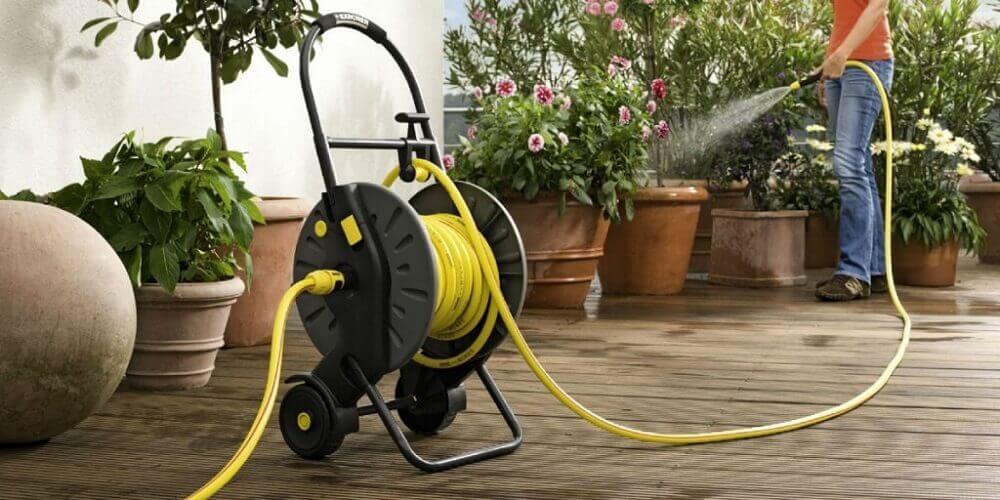Getting yourself a Garden hose is probably one of the best decisions you’ll make like a gardener. It could be grey, or it could come in any color. However, grey has a simple elegance that is very appealing.
Whichever way, the more important thing is to take adequate care of your hose. That’s why we would be looking at some possible causes of hose failure so you can avoid them.
Causes of Hose Failure
1. Mis-application
This is the use of equipment for purposes it is not meant for. For instance, in the quest to improvise, gardeners use hoses and fittings for the purpose it is not meant for and this can cause the garden hose to spoil easily.
2. Exposure to temperature
High temperature causes a decrease in pressure. Also, when the temperature is high due to intensive sunlight, it causes discoloration of the hose and makes it vulnerable to cracks.
In situations where the hose wasn’t properly grounded during installation, high temperature causes accumulation of static electricity and this too can cause damage to the hose.
3. Inappropriate hose length
The length of a hose should be long enough if not, it will be very difficult for the hose to contract and expand whenever there are fluctuations in temperature or pressure. This results in stress and consequently damage to the hose fittings.
4. Faulty hose or Wrongly installed clamp
When your defective garden hose undergoes a maintenance service such as blow-outs, or cover separation, it is likely to fail within the first few hours. Also, when you a clamp is not properly installed, the connection will eject via the edge of the hose.
5. Exceeding the minimum bend radius
When you force a garden hose to curve more than it is meant to, it stresses both the internal and the external layers of the hose. This scenario is usually seen in vacuum hoses or high-grade hoses
6. Incompatible cover or tube
Sometimes hose cover or tube might not be congruent with the fluid or the external environment. This could result in a high level of porosity, change in color, or partial breakdown. Always go for high-quality products, this will reduce the occurrence of such situations to a very large extent.
7. Poor Workmanship
The manufacturing methods of hose fittings aren’t so simple. Therefore installing and handling it demands a level of expertise. Low-quality products as well as errors during workmanship will invariably result in damages.
8. Transfer of contaminated fluids
The transfer of foreign particles in the hose can also lead to damages. This is why it is important to always clean the hose properly before installation and after each use.
9. Old Age
Hoses are not meant to last forever. Just like every other gardening tool, they too wear out over time. Garden hose usually has a life span of 1 to 20 years although sometimes it can be more.
If the lifespan of a hose is exceeded, it becomes very vulnerable and therefore it can be damaged easily.
Conclusion
A garden hose will only work effectively if it is in good condition. And the only way to make sure of this is to avoid those factors that cause damage and reduces the lifespan of the hose.
